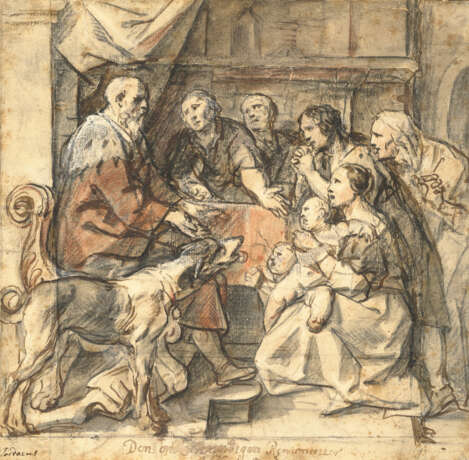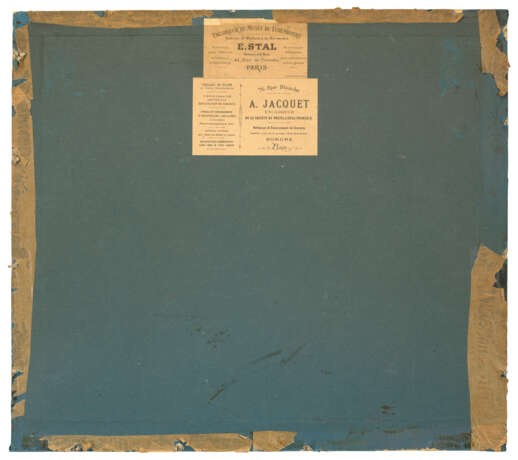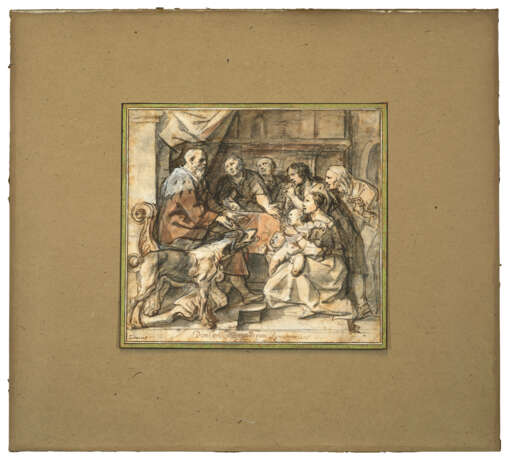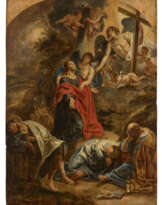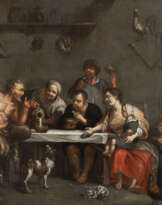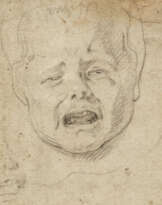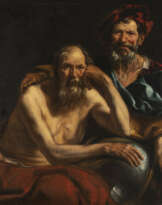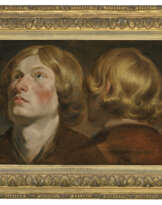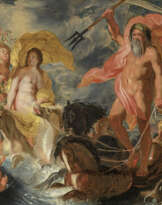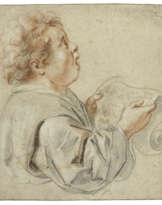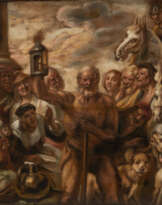ID 922497
Lot 36 | JACOB JORDAENS (ANVERS 1593-1678)
Estimate value
€ 10 000 – 15 000
L’Économe infidèle face aux débiteurs de son maître (?)
inscrit ‘Den on[rechtvaar]digen Rentmeester/ 16[…]’ (en bas au centre) ; avec signature ‘Jordaens’ (en bas à gauche)
pierre noire, sanguine, plume et encre brune, lavis brun et lavis de sanguine, rehaussé de blanc, des bandes de papier ajoutées le long des bords droit, gauche et supérieur par l'artiste
24,4 x 25,7 cm (9 1/2 x 10 1/8 in.)
Provenance
Jean-Baptiste-Florentin-Gabriel de Meyran, Marquis de Lagoy (1764-1829), Aix-en-Provence (L. 1710); Hôtel des Commissaires-Priseurs, Paris, 17-19 avril 1834, lot 148.
Post lot text
JACOB JORDAENS, THE UNJUST STEWARD AND HIS MASTER’S DEBTORS, BLACK AND RED CHALK, BROWN AND RED CHALK WASH, HEIGHTENED WITH WHITE
This unpublished sheet is an attractive addition to the drawn œuvre of the most prolific of seventeenth-century Flemish draughtsmen, Jacob Jordaens, who outlived his main rivals, Peter Paul Rubens and Anthony van Dyck, by almost forty years. Aided by an extensive workshop, he left a large number of paintings and other finished works, to which many of the drawings can be related (for Jordaens’s drawings, see R.-A. d’Hulst, Jordaens Drawings, 4 vols., Brussels, 1974). However, he seems to also have produced many independent drawings, often with a religious theme, which may have played a role in Protestant gatherings attended by Jordaens (as suggested in S. Alsteens in Raphael to Renoir. Drawings from the Collection of Jean Bonna, exhib. cat., New York, The Metropolitan Museum of Art, and Edinburgh, National Gallery of Scotland, 2009, no. 48, ill.). The present work, unrelated to any painting by the artist, could belong this category of works.
The inscription in the artist’s characteristic handwriting, known from many other drawings of his, appears to identify the subject as an episode from the Parable of the Unjust Steward, or ‘onrechtvaardige rentmeester’ in Dutch, as told in the gospel of Luke (chapter 16). Rarely depicted, this parable with a controversial meaning tells the story of a steward whose master threatens to fire for mismanagement. To ensure he will have shelter if he is no longer employed, the steward allows his master’s debtors to declare less than the owe him, at which ‘the lord commended the unjust steward, because he had done wisely’ (Luke 16,8). The seated man at left may depict the steward (rather than his master), and the figures addressing him the debtors. But the scene appears almost more fitting as an illustration of another parable of Christ, that of the Unjust Judge (Luke 18). The judge, known for his lack of mercy, decides to do justice to a persistent widow so she stops bothering him. Christ explains his story by saying: ‘and shall not God avenge his own elect, which cry day and night unto him’? (Luke 18,7). Could Jordaens have been confused, and written ‘rentmeester’ instead of ‘rechter’ (judge)? Or could the fragmentary inscription refer to another composition, perhaps originally underneath the one presented here?
Whatever the case may be, the drawing is a powerfully executed example of Jordaens’s theatrical, decorative composition style, and his mastery in combining different mediums. Characteristic, too, is the use of different pieces of paper to adjust the support’s format to the flight of his inspiration. The cut-of line of the inscription appears to contain a date in the 1660s (perhaps 1660?), which would situate it firmly in the second half of the artist’s career. Among other examples, two elaborate allegories are similar in style and technique, dated 1658 (D’Hulst, op. cit., II, nos. A327, A328, IV, figs. 344, 345). But many aspects are common to Jordaens’ entire œuvre – stylistic, technical, but also compositional, such as the shallow stage, or the piled-up figures. The beautiful dog echoes one already used by Jordaens in a design for a tapestry depicting a proverb, dated 1638, in the Museum Plantin Moretus, Antwerp (inv. PK.OT.00160; see D’Hulst, op. cit., I, no. A190, III, fig. 205; and R.-A. d’Hulst, Jacob Jordaens (1593-1678), II, Tekeningen en prenten, exhib. cat., Antwerp, Koninklijk Museum voor Schone Kunsten, 1993, no. B38, ill.).
| Artist: | Jacob Jordaens (1593 - 1678) |
|---|---|
| Place of origin: | Belgium, Western Europe, Europe |
| Auction house category: | All other types of objects, Drawings |
| Artist: | Jacob Jordaens (1593 - 1678) |
|---|---|
| Place of origin: | Belgium, Western Europe, Europe |
| Auction house category: | All other types of objects, Drawings |
| Address of auction |
CHRISTIE'S 9 Avenue Matignon 75008 Paris France | ||||||||||||||
|---|---|---|---|---|---|---|---|---|---|---|---|---|---|---|---|
| Preview |
| ||||||||||||||
| Phone | +33 (0)1 40 76 85 85 | ||||||||||||||
| Fax | +33 (0)1 40 76 85 86 | ||||||||||||||
| Conditions of purchase | Conditions of purchase | ||||||||||||||
| Shipping |
Postal service Courier service pickup by yourself | ||||||||||||||
| Payment methods |
Wire Transfer | ||||||||||||||
| Business hours | Business hours
|
